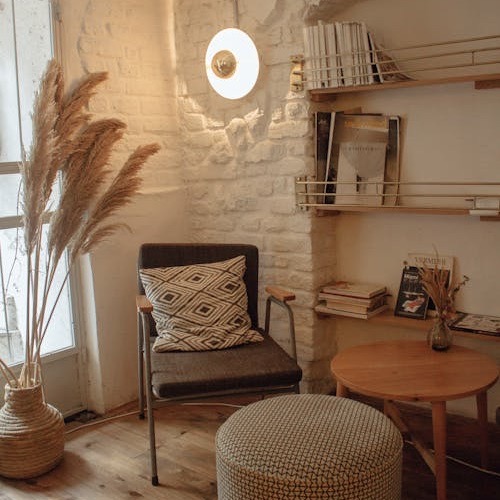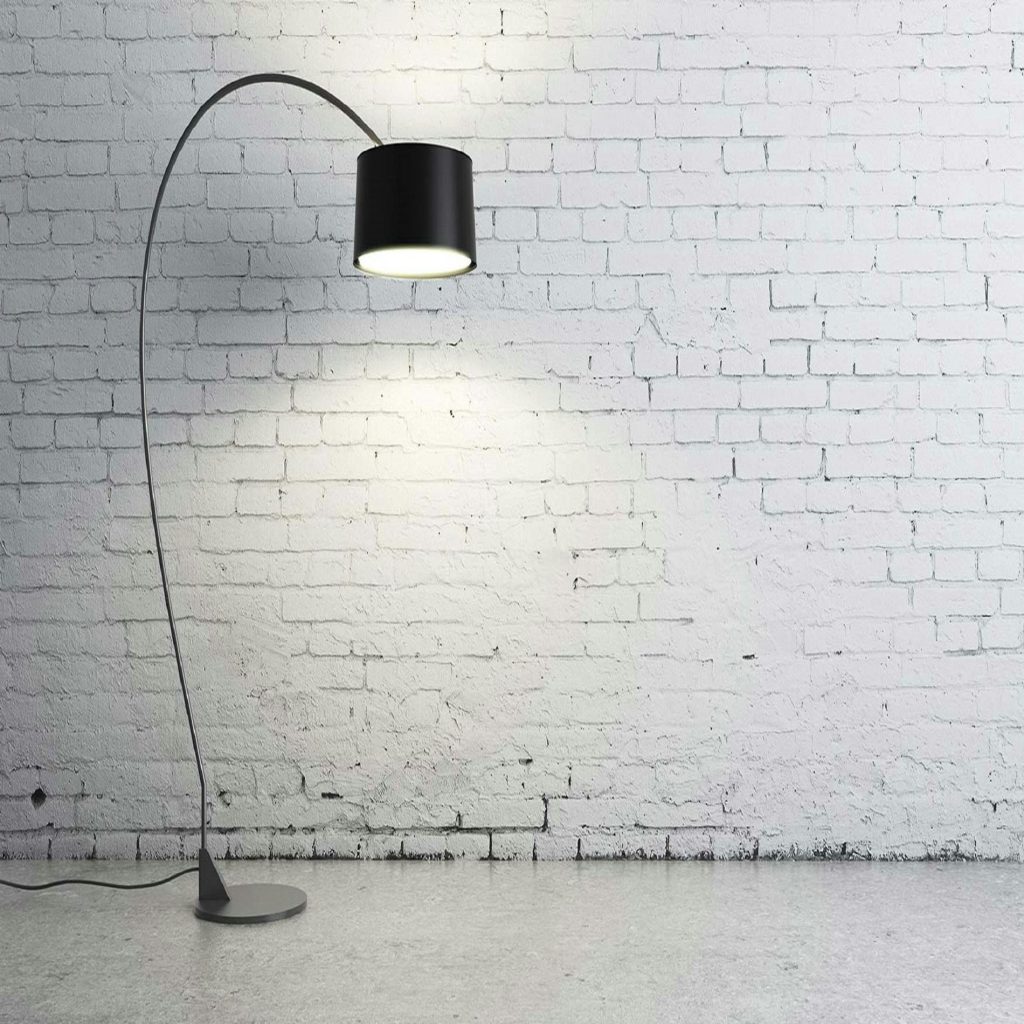As a counter to the more ornate, traditional styles, modern style is all about function and simple beauty. Its pared-back minimalist aesthetic encourages a calm, tidy environment and reflects an emphasis on sustainability and wellbeing. Its functional simplicity also favors small homes, making rooms feel light and airy.
The modernist movement arose out of the industrial revolution of the late 1800s and early 1900s. It was both a successor and a reaction to the Art Nouveau design style, and is characterized by streamlined shapes and clean lines. Ornamentation has been reduced to the essential, resulting in furniture that’s visually lighter in form and color. Modernists infused their pieces with innovative materials such as steel, glass, chrome and concrete to reflect the industrial processes they’re inspired by, while retaining an elegant, pared-back look.
This style is a great choice for smaller homes because it’s designed to maximize space with functional storage solutions and practical seating that doesn’t require much floor space. Its geometric shapes and sleek finishes also complement contemporary architecture, balancing its linear aesthetic and adding visual interest to any room.
A natural, earthy palette of soft colors like muted greens and gray-blues promotes a sense of calm, wellbeing and a deep connection with nature. Organic textures and materials are key, from woods like pine and beach oak to linen and cotton upholstery. Modernists prioritize comfort over elegance, with sofas and chairs that are both comfortable and stylish, but without excess embellishment.
Sleek, straight lines dominate in modernist furniture, with a preference for square or angular forms. Curves are rarely used, and when they are, they’re subtle. Polished surfaces, such as lacquered finishes and mirrors, are popular, with metals including aluminum and stainless steel being utilized in a range of ways. Plastics, such as Bakelite and Lucite, are also used, and the modernist use of a limited variety of bold patterns is evident in the way that geometric repeats and animal prints are sparingly used in home decor.
As the popularity of this style grew, it was adapted to reflect changing social and economic conditions. By the 1920s, Functionalist Modern, or Functionalism, emerged. This is a transitional style that blends elements of past and modernist designs, and is often considered a more conservative version of modern contemporary furniture. biosaglighting
Today, modern furniture is available at a wide range of price points and is easy to find. It’s also one of the most versatile and customizable design styles, with a wide range of finishes and fabrics that allow you to express your unique style. Whether you’re looking for a sleek, angular coffee table or a statement piece of upholstered mid-century modern furniture, 2Modern has the pieces to bring your vision to life.



